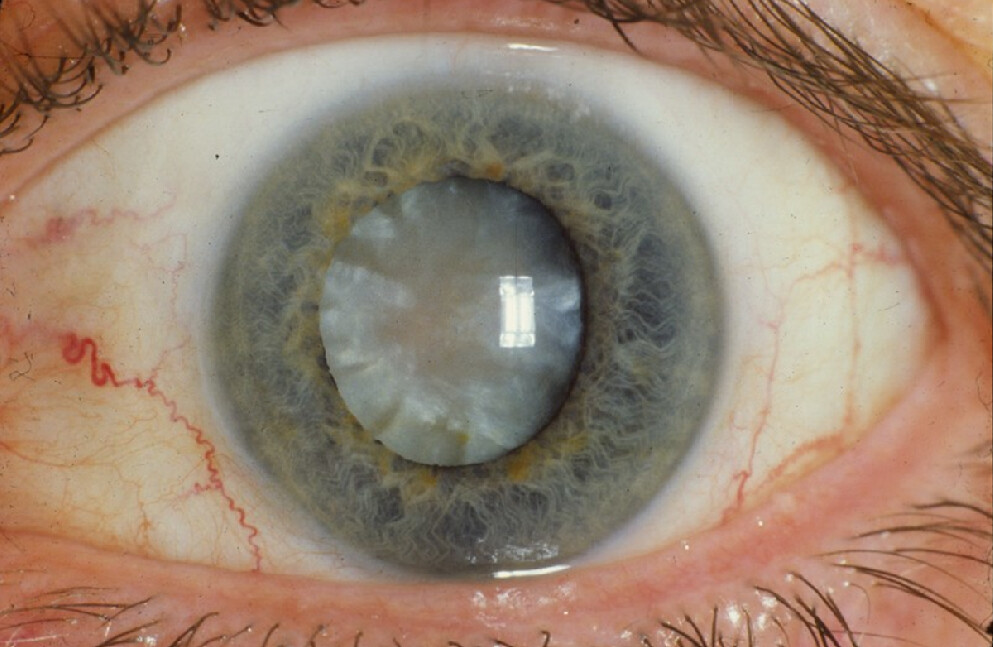Cataracts are an eye condition, yet misconceptions about them continue to circulate. These myths can lead to misunderstandings about diagnosis, treatment, and overall eye health. Let’s explore what cataracts are and debunk key cataract myths to provide clarity.
A Closer Look at Cataracts
Cataracts refer to the clouding of the eye’s natural lens, which lies behind the iris and pupil. This condition develops when proteins in the lens clump together, forming opaque areas that impair vision. Cataracts typically progress gradually, starting with minor symptoms such as blurred vision, difficulty with night vision, or increased sensitivity to light.
If left untreated, they can result in significant vision loss over time. Although cataracts are most commonly associated with aging, other factors such as diabetes, prolonged exposure to ultraviolet light, eye injuries, or the use of certain medications can also contribute to their development. Understanding the biological and environmental causes of cataracts may aid in early recognition and effective management.
Common Cataract Myths
Misconceptions about cataracts are widespread and may lead to confusion regarding their causes, prevention, and treatment options. Separating fact from fiction is key in promoting awareness and encouraging individuals to seek proper medical advice. Here are the common myths about cataracts:
Myth 1: It Affects Only the Elderly
While cataracts are more commonly associated with aging, they are not exclusive to the elderly. They can develop at any age due to various factors, including genetics, injury, or medical conditions such as diabetes. It is helpful to understand that cataracts result from protein buildup in the eye’s lens, which may happen regardless of age. Early awareness and regular eye check-ups are key to maintaining eye health.
Myth 2: It can Be Cured with Eye Drops
There is no scientific evidence to support the claim that eye drops can dissolve or cure cataracts. Cataracts occur when the lens of the eye becomes cloudy, and this physical change cannot be reversed by topical solutions. Surgery remains the only effective treatment for cataracts. It is fundamental to rely on treatments supported by research and professional medical advice to address this condition effectively.
Myth 3: It’s Surgery Is Dangerous
Modern cataract surgery is one of the safest and most effective medical procedures available. The use of advanced technology and techniques supports a high success rate. During the procedure, the cloudy lens is replaced with an artificial lens to improve vision. Complications are rare when the surgery is performed by a qualified ophthalmologist, and most patients experience a quick recovery.
Myth 4: It Is a Film Over the Eye
Contrary to popular belief, a cataract is not a film that grows over the eye. Instead, it forms within the lens itself, causing it to become cloudy and less transparent. This internal change impairs the eye’s ability to focus light correctly, leading to blurred or dimmed vision. Recognizing this distinction helps understand how a cataract develops and the need to treat them promptly.
By separating misconceptions from reality, individuals can make better-informed decisions regarding their eye health and seek timely medical advice when necessary. Accurate information empowers patients to approach cataract diagnosis and treatment with confidence.
Explore Surgery for Cataracts Today
Dispelling myths about cataracts is fundamental to making informed decisions about eye health. If you or a loved one suspect the presence of cataracts, consult an eye care professional for an accurate diagnosis and treatment plan. Speak to a specialist today to explore your options and learn more about cataract surgery.
